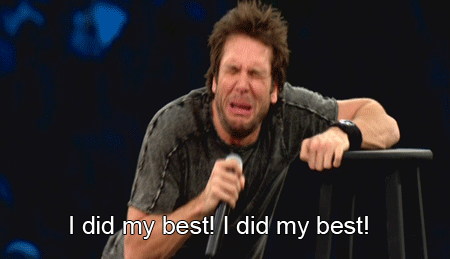Welcome back to another part of my writing resources series.
I’m sorry this one took a little longer to come out. I’ve had so much to post
lately that this was the only time I could sneak it in. Never fear though,
there will be two other writing resources posts this month to make up for that!
Today I’m continuing with the Diabetes theme, but my other
two posts this month will be about something else. So I’m talking about blood
sugars, which I briefly touched on in my last post.
‘Blood sugars’ refers to the level of sugar in your blood.
These are incredibly important because knowing these levels allows us to know
how much insulin we need and how much we need to eat.
We learn the levels through finger pricking (there are other
methods, but this is the easiest). On that little machine I mentioned last
time, a number will come up. The range of numbers depends on the machine, mine
goes from 1.5 to 25.0 anything below that is labelled as ‘LO’ and anything
above as ‘HI’—those are not fun to see.
Different doctors will tell you they want different levels.
In my experience, they usually want these levels between about 4 and 8.
Anything below a 4 is considered hypoglycaemia, or low blood sugar. This is
probably what most non-diabetics are aware of. This is when the jellybeans and
the full-sugar drinks come out.
Hypoglycaemia can be extremely dangerous. Everyone gets
different symptoms and is affected differently. I know some people get no
symptoms at all, I’m the opposite though. Some of the symptoms I get are shaky
hands, headaches, muddled thoughts, overly emotional, rise in body temperature,
lethargy and loss of focus. Basically, I tend to stare at walls a lot and not
really understand what’s going on.
Anything above about 12 is considered hyperglycaemia, which
is high blood sugar. This is the worst thing in the world, or at least it is
for me. Like with hypos, I get headaches, muddled thoughts, overly emotional,
rise in body temperature, lethargy and loss of focus but I also get very, very
grumpy and sick.
Yep, the symptoms are pretty much exactly the same.
Hypoglycaemia is easily treated, you have some glucose of some kind and a carb
and then you should feel back to normal within about half an hour. Here’s the
fun thing about hyperglycaemia—there’s nothing you can do. You can drink water
and keep up your insulin, but you can still feel like crap for days.
If your sugars are too high, you develop ketones in your
blood. Ketones are the diabetics worst enemy. These things are nearly
impossible to get rid of. They’re the ones that get you admitted to hospital
with a drip in your arm, having saline pumped into your body. (I’m not bitter
about this, though).
How I feel walking into the emergency room.
Maintaining blood sugars is hard. In my opinion, it’s the
hardest part of having diabetes. If you ever plan on writing a diabetic
character, this stuff is incredibly important because this is our pretty much hourly
reminder that we’re different, that we have this stupid disease. It’s just
another thing to remind us that we aren’t like our friends, and that sucks.



